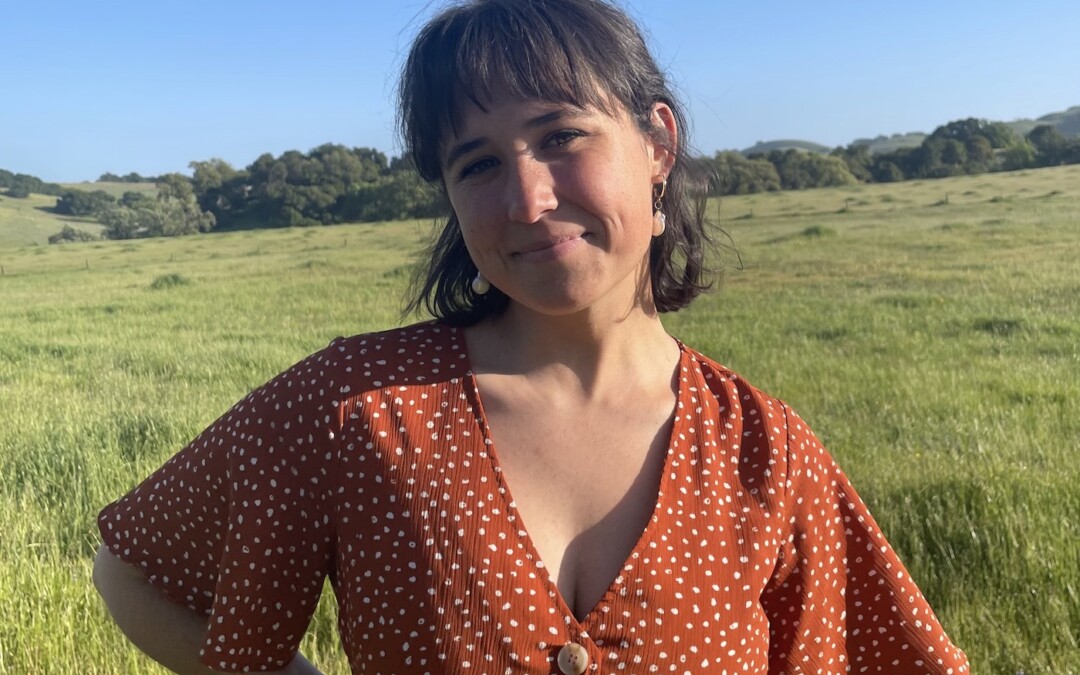My pursuit of higher education took me to Penn State, where I was surrounded by an entirely new population of research driven, hard-working classmates. My time at Penn State not only offered me a well-rounded education, but it also gave me the opportunity to experience beautiful changing seasons, meet people from completely new and different walks of life, and taught me the value and importance of a sense of community. After graduating from Penn State, I moved back to California, eventually finding my way up the coast to Sonoma Valley.
Sonoma has so much to offer us, teeming with natural beauty that we are able to appreciate all thanks to efforts from local conservation groups, local agriculture that provides us with farm fresh food at our doorstep, and a culturally rich community that oozes with passion and a zest for life on this planet.
Professionally, I work for an environmental lab that tests soil, water and air. This past year we also aided in testing smoke taint for the 2020 fire season. I began focusing on the recent impacts of the fires that have plagued the county within the past few years, what it means for our future here in Sonoma, and how we as humans play such an integral part in the health of our ecosystem. Feeling inspired to learn more about the environmental topics prevalent within Sonoma County, applying to the NEST program as an ecological student in training started to feel like the perfect opportunity for me.
Heading out to Sugarloaf State Park to conduct ecological research has not only been beneficial for my professional career, but it has in turn been a life-enriching venture. Working in stride with our small research group, we have come up with a hypothesis, have been collecting field research, have leveraged programs such as ArcGIS and R, all while compiling our findings into a paper that we hope to publish by the summer. With such an ambitious timeline, group communication and collaboration is of the utmost importance, and I am constantly amazed by the work that a small group of excited, passionate and driven researchers can come up with when given the opportunity. I have learned so much already from my amazing collaborators, and I am so excited to see what our data shows us when all is said and done.
I am so fortunate to be participating in NEST, to live in an area where ecological education and stewardship is supported and prioritized by the community. It is becoming increasingly important for us to be conscious and creative consumers of the resources around us. I believe that programs like NEST help to inspire future generations to continue to ask questions, search for answers and ignite the flames of educational growth, whether that is in a traditional classroom, over zoom, or in your local park.
By Alexandra Huerta, NEST student

